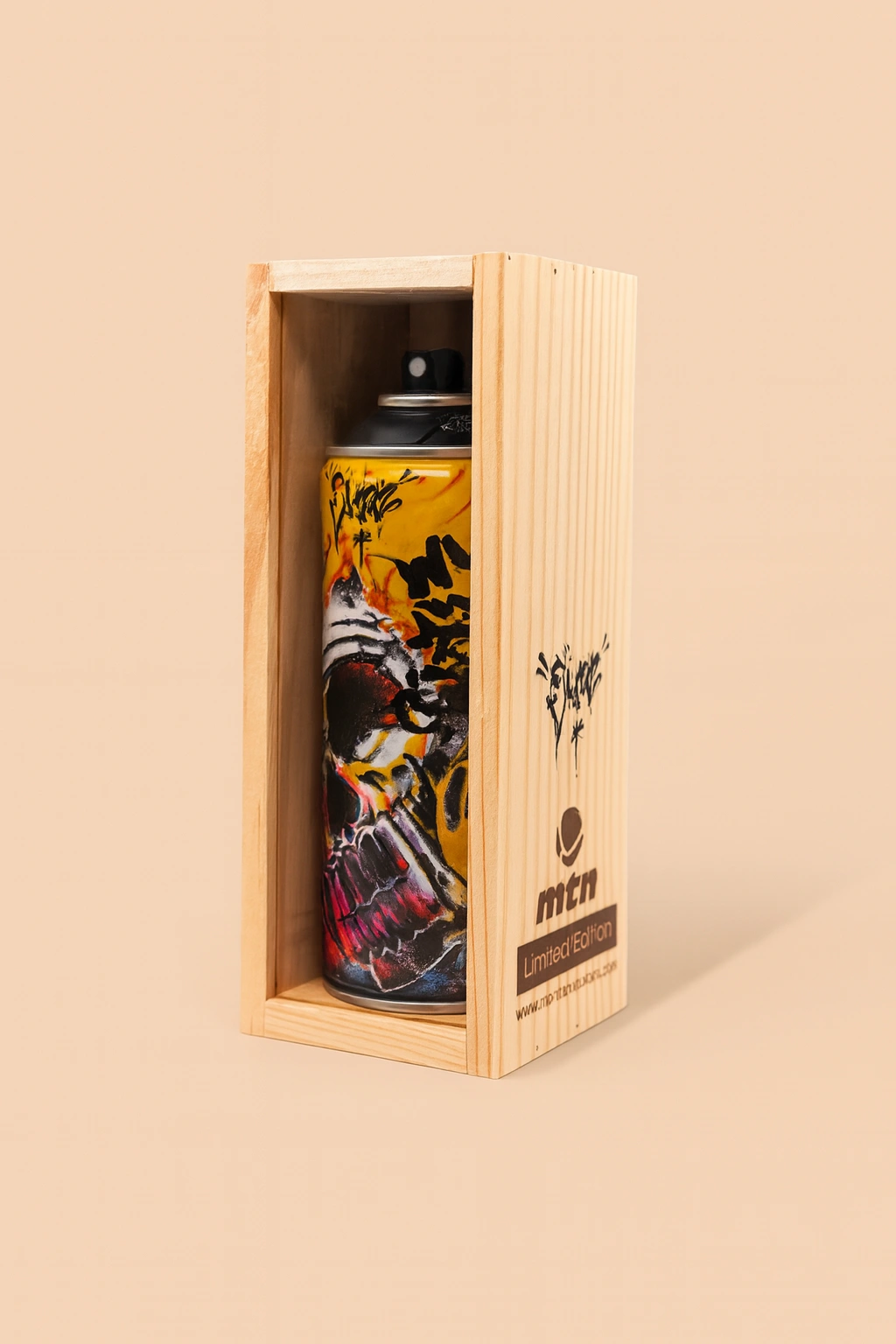Lale Gerger, a Gainesville-based artist and University of Florida graduate, is set to achieve a remarkable milestone as her painting, titled “Be the Light in Someone’s Darkness,” is displayed on a billboard in one of the world’s most iconic locations—Times Square, New York City. The painting will be featured as part of the “HMVC Gallery New York’s Freestyle 2.0 Exhibition” and will make its grand debut on Saturday, where it will be showcased every hour for 15 seconds over the course of 24 hours.
This accomplishment not only serves as a significant personal achievement for Gerger but also highlights the impression of her work, which centers around themes of light, hope, and emotional connection. The exhibition brings attention to a growing trend in the art world where digital platforms and public spaces are increasingly used to bring art to broader audiences, making it more accessible and inclusive. Times Square, often referred to as “The Crossroads of the World,” is a fitting backdrop for such an exhibition, as its towering billboards and constant flow of pedestrians make it a global hub for culture, commerce, and creativity.
The Journey of Lale Gerger and “Be the Light in Someone’s Darkness”
Lale Gerger’s path as an artist reflects her deep passion for communicating powerful messages through her work. Her piece, “Be the Light in Someone’s Darkness,” is a reflection of her desire to inspire hope and serve as a beacon of comfort for those experiencing difficult times. The painting itself exudes a sense of calm and compassion, encouraging viewers to think about the impact of their actions on others, as well as the power of small acts of kindness.
The visual elements of the painting showcase Gerger’s signature style, blending realism with abstract expressionism to create a balance between raw emotion and artistic technique. At the center of the composition is a figure, partially obscured by shadows but illuminated by a soft, warm light. The light, while not overpowering, serves as a symbolic representation of hope—a guiding force in an otherwise dark landscape. The contrast between darkness and light is one of the primary motifs in the painting, further emphasized by Gerger’s careful use of color. Deep blues, grays, and blacks create an almost ethereal backdrop, while streaks of gold and white gently pull the viewer’s attention toward the light, symbolizing moments of hope in times of despair.
Gerger’s choice to depict a human figure reinforces the emotional depth of the piece. The figure, although abstract, invites viewers to project their own experiences and emotions onto the painting, allowing it to take on personal meaning for each individual. The use of light as both a literal and metaphorical element in the artwork gives it a universal appeal, transcending cultural and geographic boundaries. It’s easy to see why this piece was chosen for display in Times Square, a place where millions of people from all walks of life come together, creating an apt metaphor for Gerger’s message of interconnectedness and shared humanity.
The Significance of Displaying Art in Times Square
Times Square is not just a busy intersection in New York City; it is a cultural landmark known for its bright lights, larger-than-life billboards, and its role as a stage for global art, commerce, and entertainment. For an artist like Lale Gerger, having her work featured in such a renowned location is a testament to her talent and the resonance of her message. The fact that her painting will be displayed every hour for 15 seconds over a 24-hour period means that hundreds of thousands—if not millions—of people will have the opportunity to see her work. The fleeting nature of the display adds a layer of intrigue, creating a sense of urgency for those who happen to catch a glimpse of it during its brief appearance.
The HMVC Gallery New York’s “Freestyle 2.0 Exhibition” is an innovative showcase of contemporary art in a digital format. By utilizing Times Square’s digital billboards, the exhibition brings art out of the traditional confines of galleries and museums, placing it directly into the public sphere. This approach allows art to reach an audience that might not typically seek out such experiences, effectively democratizing art by making it a part of the everyday urban landscape. The inclusion of Gerger’s work in this exhibition speaks to the universal themes in her art, which can resonate with a broad and diverse audience.
Impression
At its core, “Be the Light in Someone’s Darkness” speaks to the human need for connection, empathy, and understanding. Gerger’s focus on these themes aligns with a broader movement in contemporary art, where many artists are turning their attention toward social and emotional issues, particularly in response to the challenges of the modern world. In an era defined by global uncertainty, mental health struggles, and political divides, art that offers messages of hope and unity can serve as a powerful antidote to the negativity that often dominates public discourse.
Gerger’s work is especially poignant in its ability to convey complex emotions through minimalist elements. The painting doesn’t overwhelm the viewer with unnecessary detail; instead, it leaves space for interpretation and introspection. This open-ended quality allows the artwork to remain timeless, relevant to both contemporary audiences and future generations. By encouraging viewers to reflect on the impact they can have on others, Gerger’s painting becomes not just a piece of visual art but a call to action—urging people to consider how they can be a source of light in someone else’s life.
Moreover, the visibility of Gerger’s work on such a massive scale in Times Square underscores the importance of public art in fostering community and conversation. The bustling energy of Times Square provides the perfect environment for Gerger’s work to shine. Amid the noise and chaos of the city, “Be the Light in Someone’s Darkness” offers a moment of quiet reflection, a reminder that even in the darkest times, there is always hope.
The Future of Digital Art Exhibitions and Public Art Spaces
The success of exhibitions like Freestyle 2.0 signals a shift in how art is consumed and appreciated. By embracing digital platforms and public spaces, curators and artists alike are finding new ways to engage with audiences in meaningful ways. This trend is likely to continue as technology advances, making it easier for artists to display their work on a global stage without the limitations of physical galleries.
For Lale Gerger, this exhibition is likely just the beginning of a new chapter in her career. The exposure she will gain from having her work featured in Times Square could lead to further opportunities for collaboration and exhibition, both in digital and traditional formats. More importantly, the message of her painting is one that will continue to resonate with audiences, reminding them of the power of kindness, empathy, and hope.
As Gerger’s “Be the Light in Someone’s Darkness” lights up Times Square, it serves as a poignant example of how art can transcend the physical space it occupies, leaving a lasting impression on those who encounter it—even if only for 15 seconds at a time.
No comments yet.








